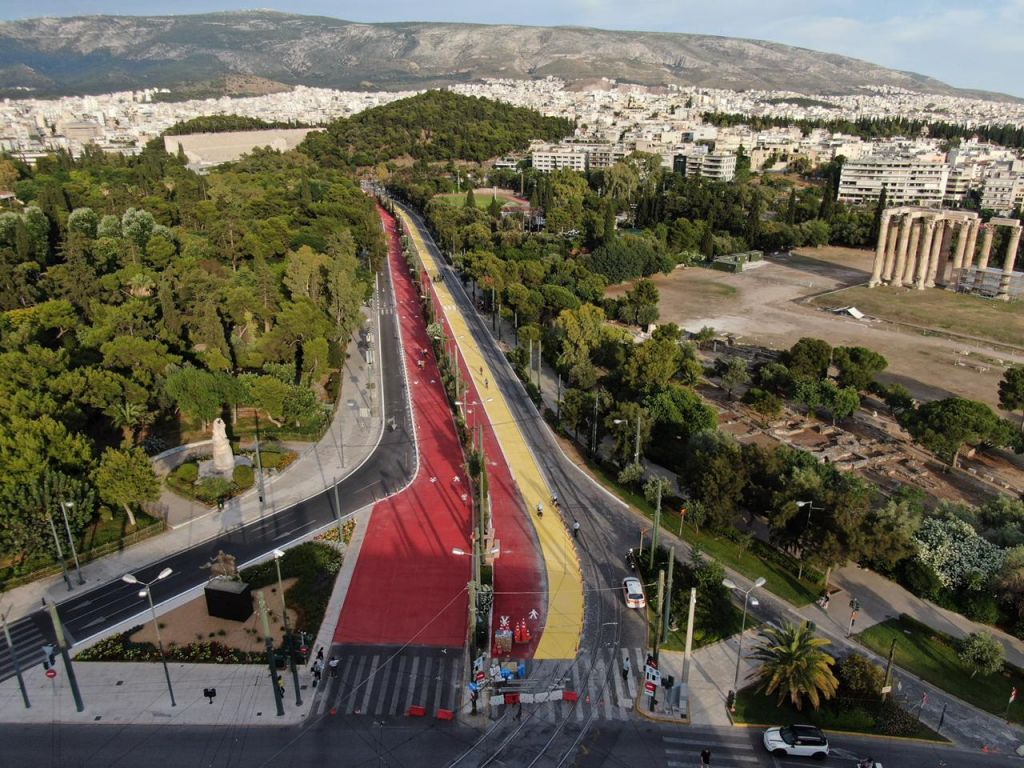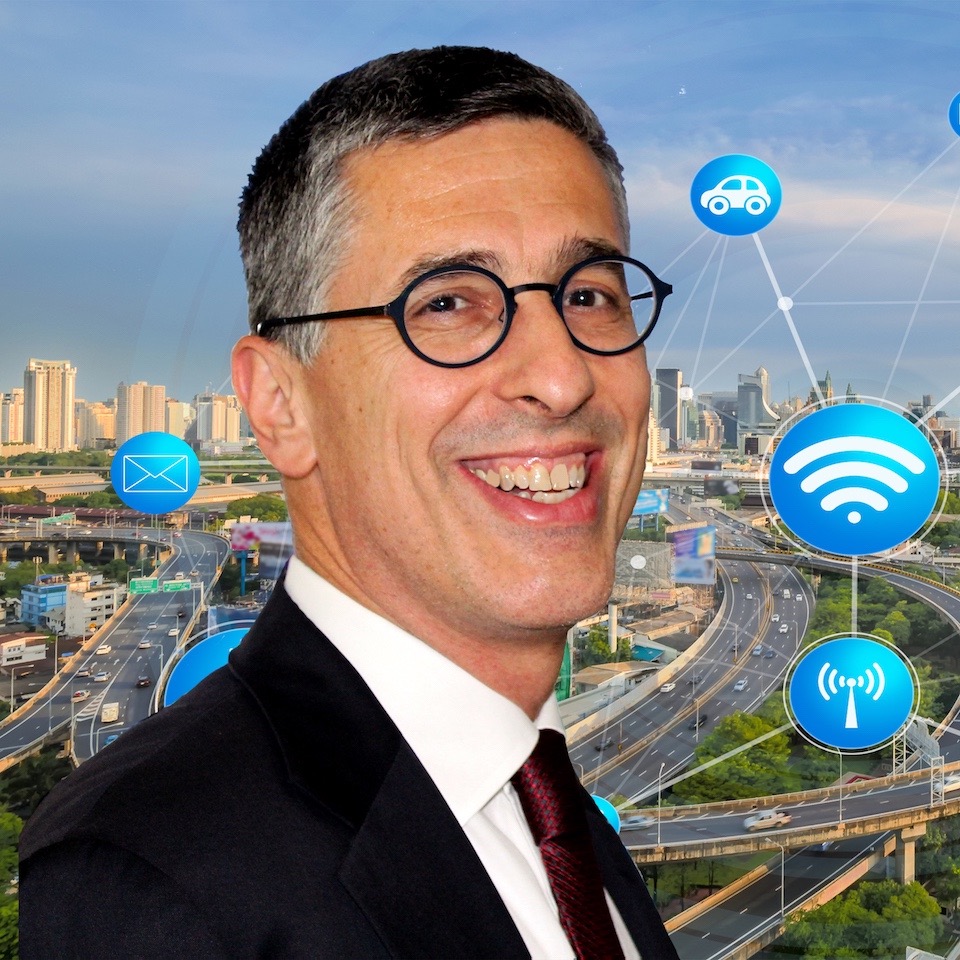The sidewalks in the center of Athens had a specific goal, which seems to always be hindered by the capital’s traffic problem. What has been going wrong for years now, and why can’t Athens become a modern European city? A city where its center is friendly and accessible for everyone, not just for vehicles after all?
Athenians have strong habits of attachment to private cars, so powerful that politicians cannot confront them. Nevertheless, similar countermeasures have been made in the past, such as the pedestrianization of Ermou Street. It is pointed out that the bet was won on Panepistimiou Street because it had 6 lanes and now it has 4, providing space for pedestrians. It just takes effort and noise to create 2 more sidewalks to expand the space for pedestrians. If such a big fuss is made for everything, politicians are afraid.
To the question if there is so much fuss because there is a good result and the citizens do not approach it positively or because it is a good initiative with a good target, but falls short in practice,the answer is that any improvement in the city center will inconvenience private cars. It is inevitable that private cars will be inconvenienced. Those who will be inconvenienced, they are complaining about any issue. Primarily, they complain about traffic. There, we need patience because if we continue to let vehicles, both parked and moving, occupy the entire space of Athens without leaving room for pedestrians, bicycles and life in general, the situation will constantly worsen and everyone will wonder why the Kifisos, the center, and the entire city are deteriorating.
We see this happening in all cities. Similarly, in Athens, traffic will balance congestion. Therefore, giving more road and space for vehicle traffic doesn’t help, it will just fill up. Especially in the city center, Athens has 7 metro stations and 28 bus lines. It’s not an excuse that someone cannot get to the city center in another way. The center of Athens is unjustifiably filled with cars, unlike most European cities. In this direction, both Panepistimiou and Vasilissis Olgas Avenues are the right first steps. Much more needs to be done so that we have more space for pedestrians and life and less for cars, especially in the city center. Cars can move around and outside cities perfectly well, but within the center, they don’t contribute positively. This perspective is not just a personal opinion, we see it happening everywhere around us in Europe.
All European cities and their centers are closed to cars. On Vasilissis Olgas Avenue traffic will be closed for pedestrians and opened for vehicles. Because the focus is on people and pedestrians, not on vehicles.
Did pedestrians start using Vasilissis Olgas Avenue after its closure?
In the afternoons and on weekends, yes, because pedestrians have fewer rights than private cars during the week. Since pedestrians don’t complain much and car owners complain a lot, should we serve those who complain more? If we close it to pedestrians, we will exclude them and what will we gain? A few hundred cars will go from Pagrati to Syngrou and Syntagma. There are many bus lines that serve this axis. Vasilissis Olgas Avenue was open to buses on a priority basis, which were even going very fast. If we prioritize buses even more, those living in Pagrati, Syntagma, or Syngrou who want to be served will take the bus and do their job properly. Therefore, the solution is to open bus lanes so that people can quickly commute using alternative means to their work.
Should Public Transportation be strengthened, should more and shorter routes be made?
The same buses, if they had priority, would run double routes. Private cars hinder buses from running double routes. It is an excuse that we need more buses and more routes. Routes will become double when we prioritize bus lanes and remove parked and moving vehicles from the center. No one wants to change their habits or leave their private cars. At the same time, politicians fear everyone who complains.
Regarding whether a compromise could be found, such as operating as a traffic-calming road or allowing vehicle access during certain hours, perhaps in the morning until a certain time to give access to vehicles and then stop traffic. The definition of a traffic-calming road pertains to residential areas, not to arterial roads. Traffic-calming roads are when there are residential areas or at least shops, and if something is to be done for traffic-calming purposes, there is already bus traffic only. The goal of reintroducing private cars is purely to carry a specific volume. This volume cannot go through a traffic-calming road; so it’s pointless for private cars.
The concept of traffic-calming roads does not apply to sensitive arteries, from a transportation perspective it is incongruous and does not exist. Traffic-calming roads are internationally known to be in residential areas or at least in commercial areas. This is an axis that was deliberately given to pedestrians to allow the city center to function in terms of people and vehicles. Giving Vasilissis Olgas Avenue back to private cars is entirely contrary to any effort regarding climate change and the vision of a human-centric city, it represents a step backward. While there may have been pre-election discussions, reopening Vasilissis Olgas Avenue to vehicles contradicts the correct direction that all European cities are taking. In other European cities where similar roads are opened to pedestrians in central areas, drivers may complain, but there is a different approach from politicians, we want to close them.
Interview to Enimerotiki Ekpompi on the radio station SKAI 100,3 in October 2023

